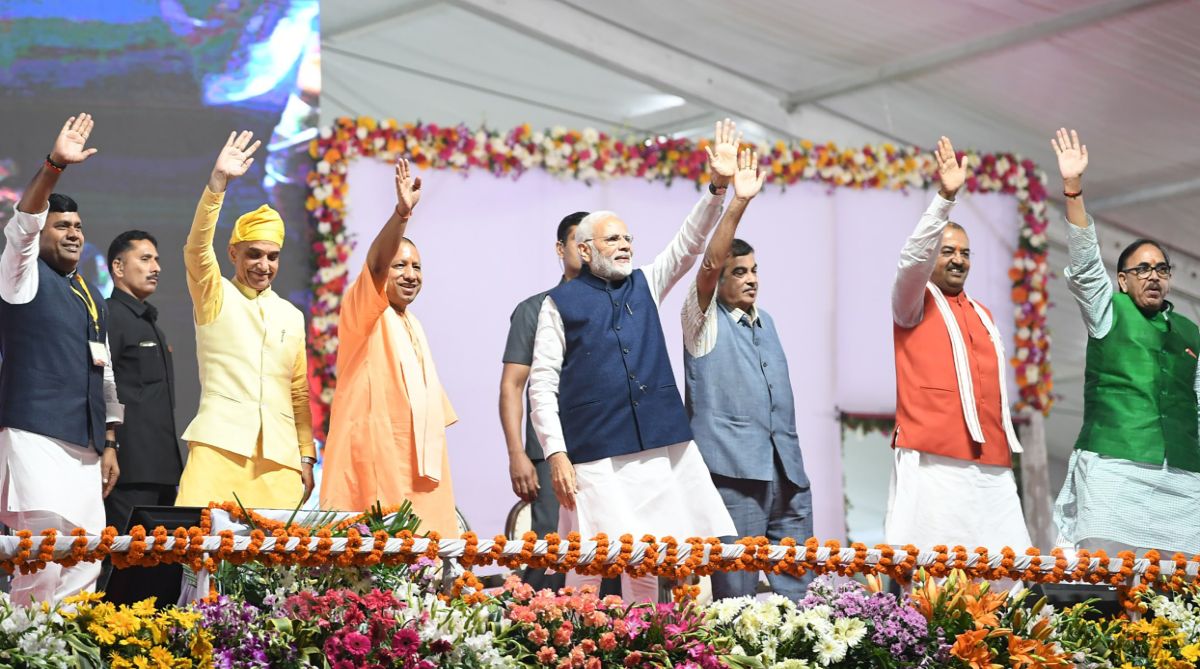As the political landscape in Uttar Pradesh gears up for the upcoming Lok Sabha elections, the state finds itself embroiled in a whirlwind of uncertainty and confusion over candidate selection. The recent developments in key constituencies highlight the complexities and challenges faced by opposition parties in navigating the intricate social and political dynamics of India’s most populous state.
One of the focal points of this tumultuous saga is Meerut, a constituency historically dominated by the Bharatiya Janata Party (BJP). However, the shifting social calculus and the emergence of new contenders have rendered the seat a battleground for political supremacy. The Samajwadi Party’s (SP) attempt to tap into Dalit votes by fielding Bhanu Pratap Singh was met with internal resistance, underscoring the intricacies of caste politics and regional affiliations.
Advertisement
The narrative extends beyond Meerut, with similar dramas unfolding across the state. In Bijnor and Moradabad, the SP’s experimentation with Dalit candidates reflects a strategic attempt to broaden its voter base. However, internal rifts and conflicting interests have muddled the party’s agenda, leaving supporters bewildered and disillusioned. The chaos is further compounded by lastminute changes and defections, as seen in the case of Rampur and Baghpat.
The SP’s indecisiveness in finalising candidates not only undermines its credibility but also exposes the fragility of opposition unity in the face of a resurgent BJP. Amidst this political quagmire, the Congress finds itself grappling with its own set of challenges. The last-minute replacement of candidates in Sitapur and Mathura underscores the party’s struggle to assert its relevance in a landscape dominated by regional powerhouses and a formidable ruling party. The implications of these developments are farreaching, with ramifications not only for the electoral outcome but also for the broader democratic fabric of the nation.
The erosion of trust in political institutions and the disillusionment of voters with the political process are ominous signs that demand urgent attention. At the heart of this conundrum lies a fundamental question of representation and accountability. The rampant horse-trading and opportunistic manoeuvres by political elites betray a stark disconnect between the aspirations of the electorate and the actions of their elected representatives. In the midst of this chaos, it is imperative for opposition parties to introspect and realign their strategies.
A cohesive and principled approach, grounded in the values of inclusivity and integrity, is essential to counter the hegemony of the ruling party and uphold the democratic ethos of the nation. Ultimately, the fate of Uttar Pradesh lies in the hands of its citizens. As they navigate through the labyrinth of political intrigue and manoeuvring, they must seize the opportunity to demand transparency, accountability, and genuine representation from their elected leaders. In the crucible of democracy, amidst the cacophony of competing voices and vested interests, the true test lies in the resilience and determination of the people to forge a path towards a more equitable and just future











